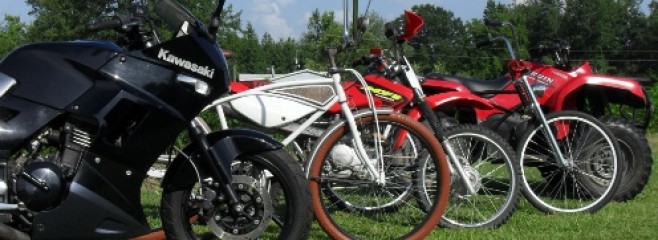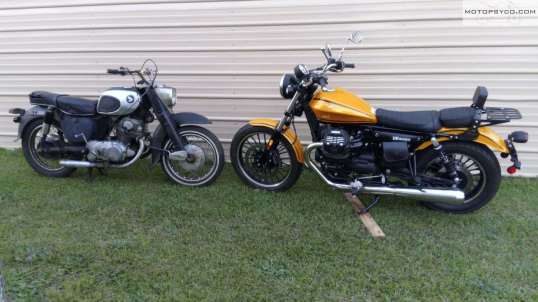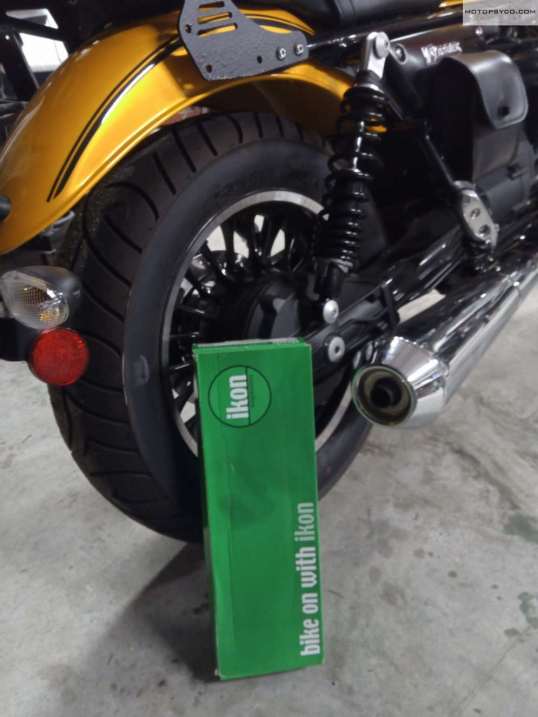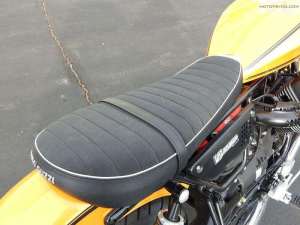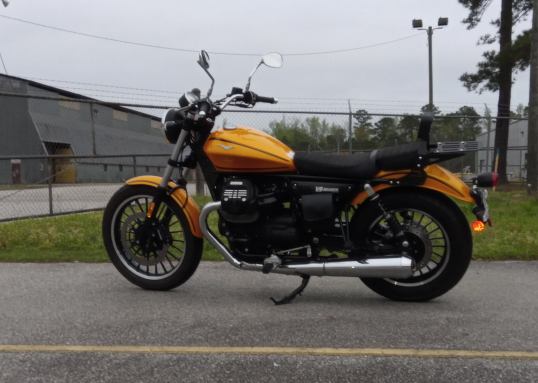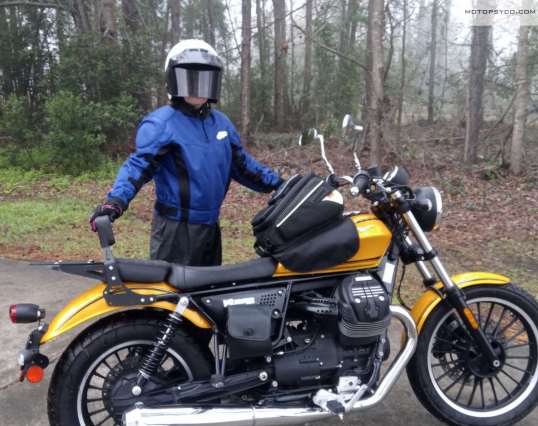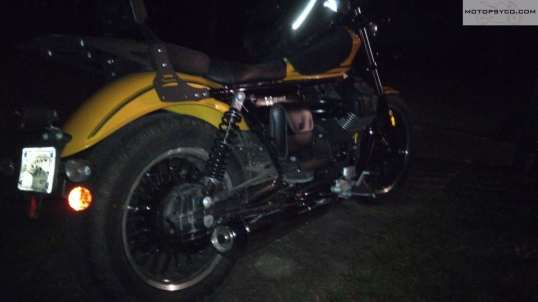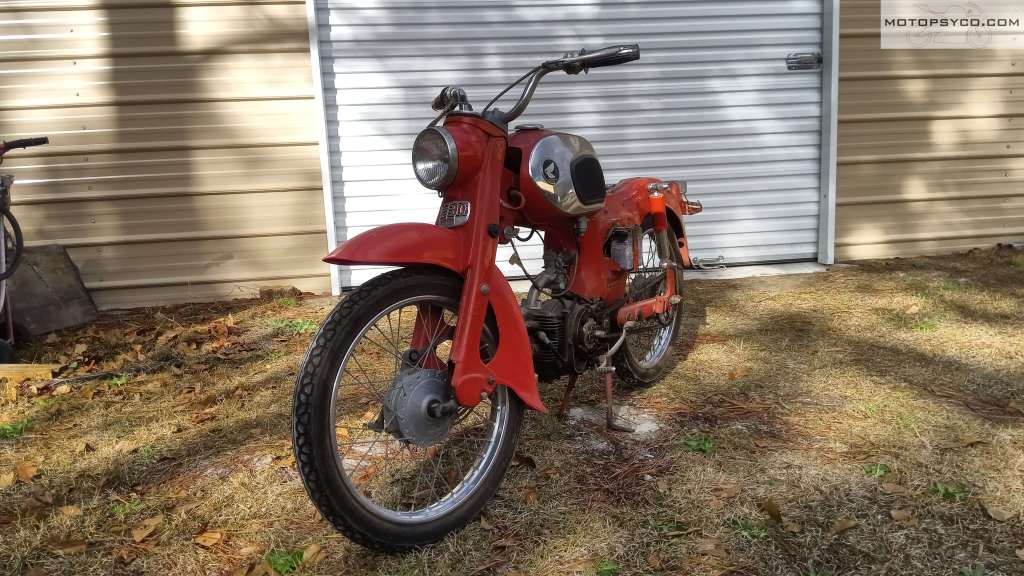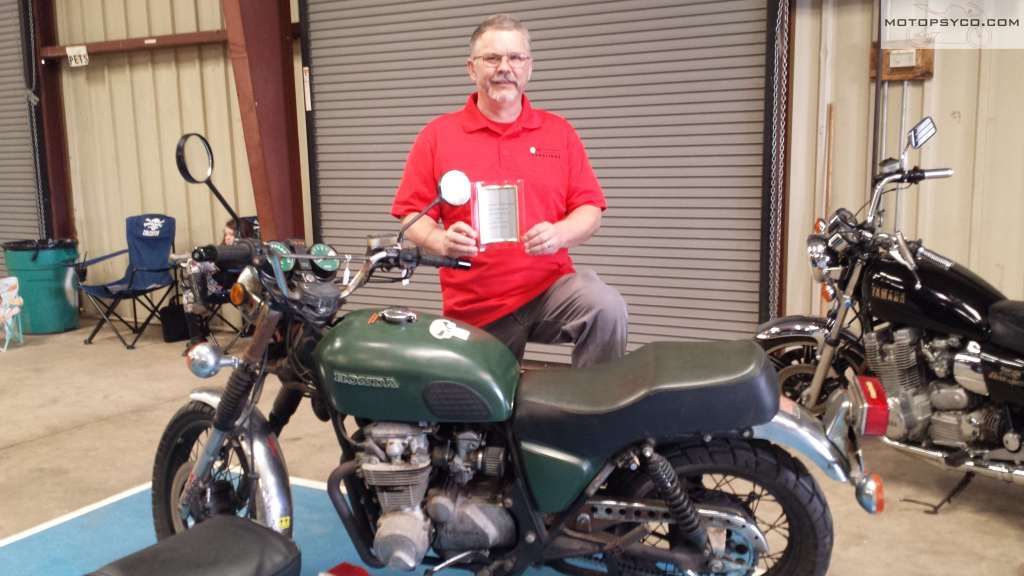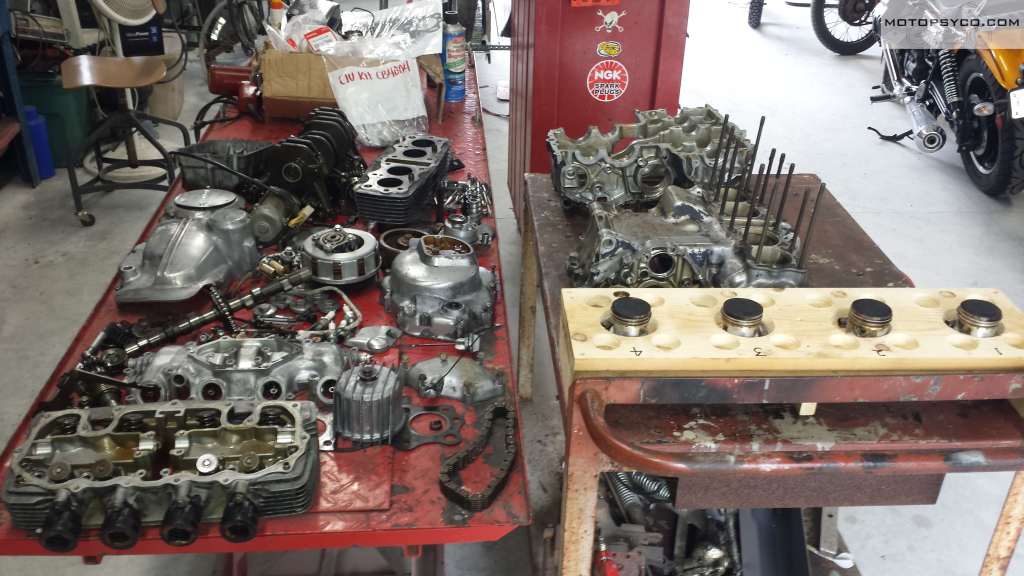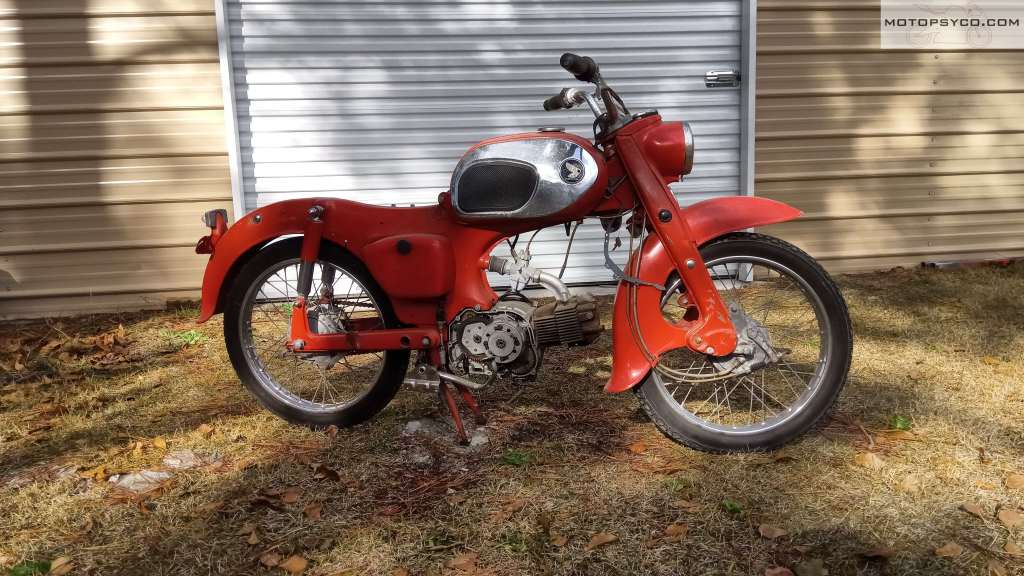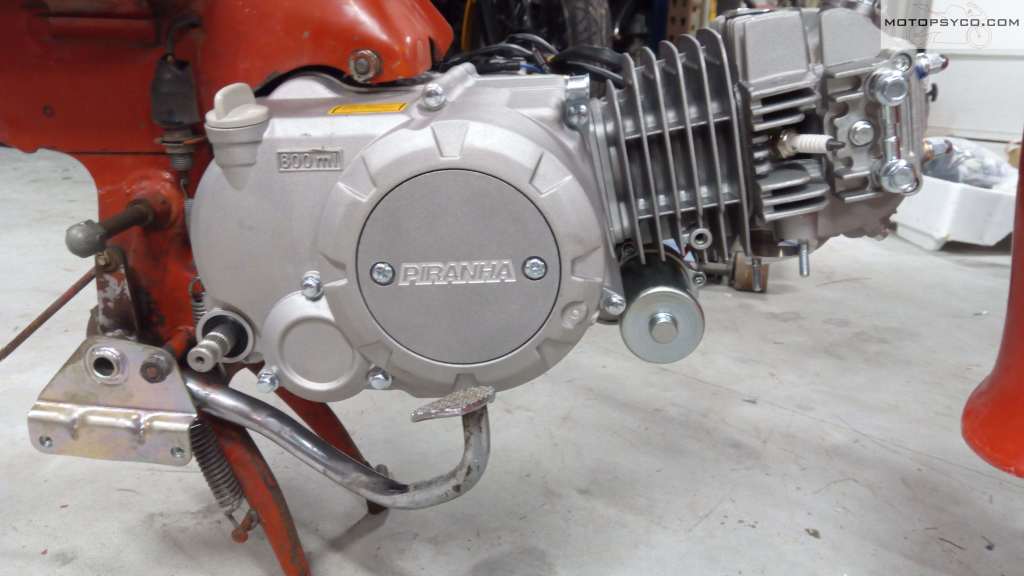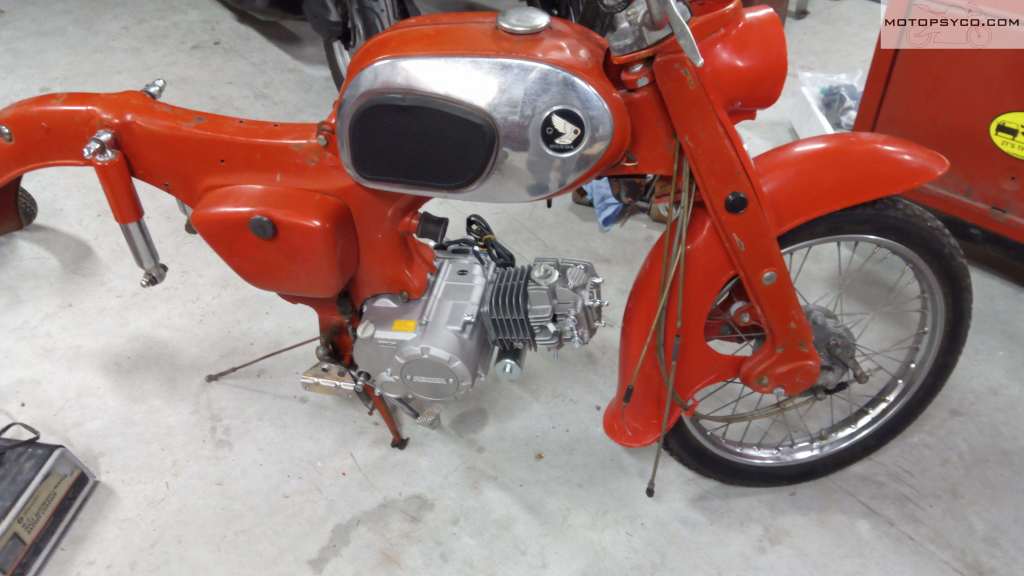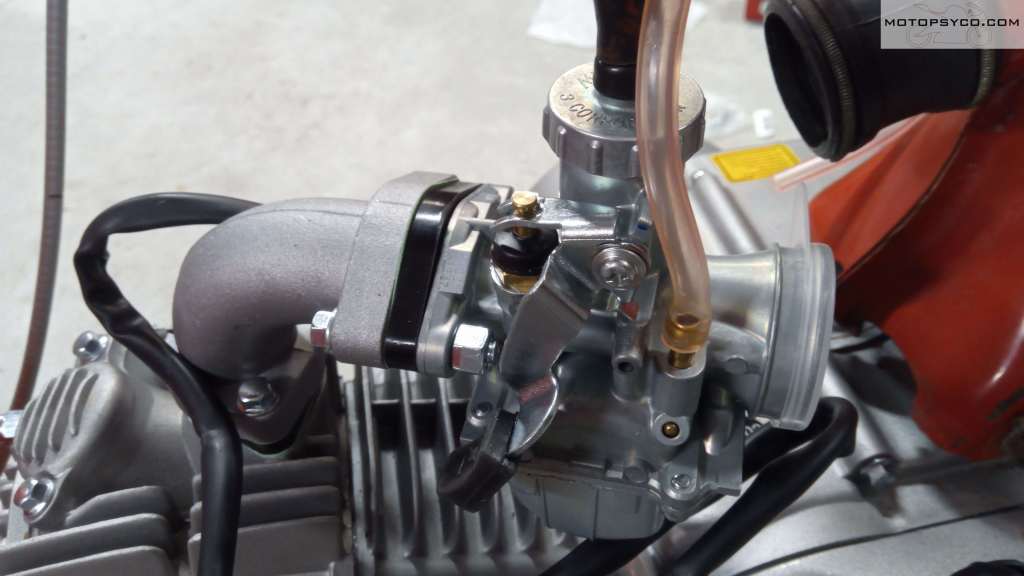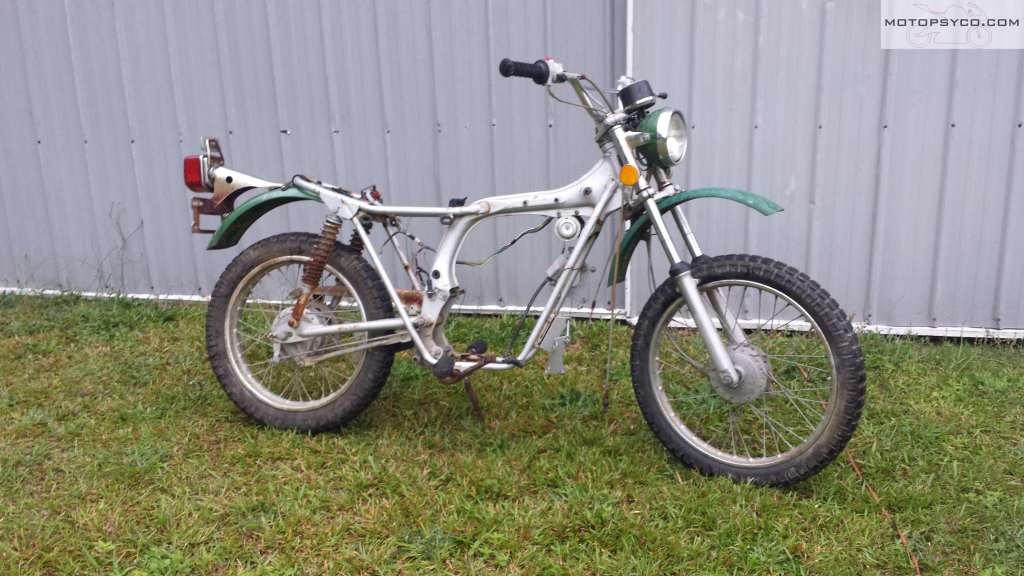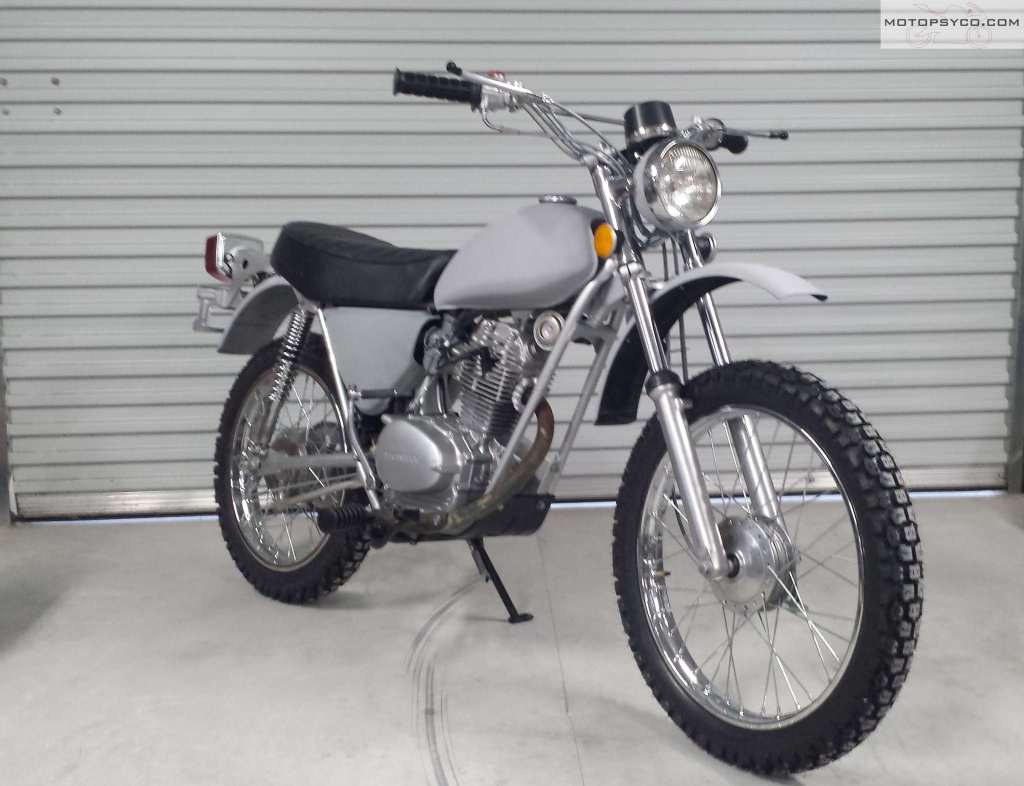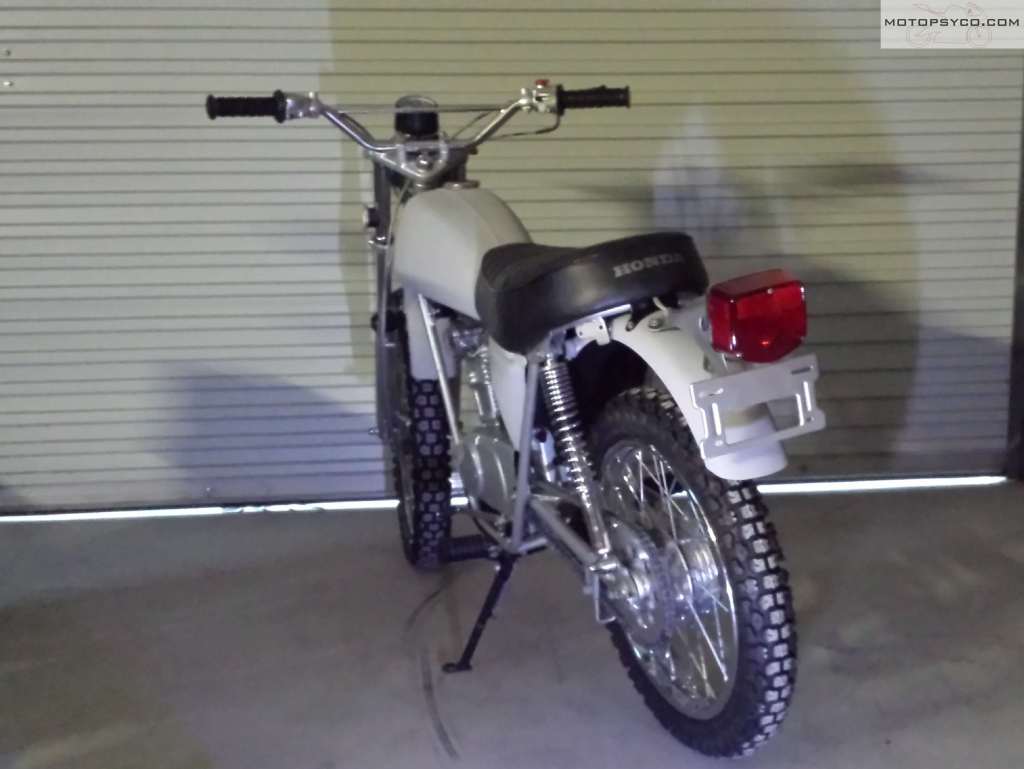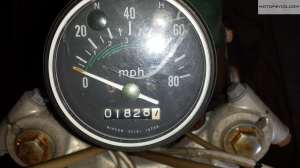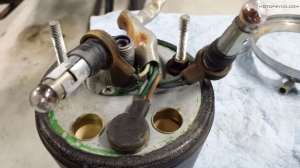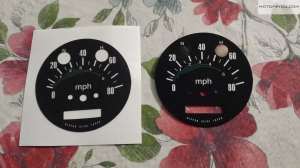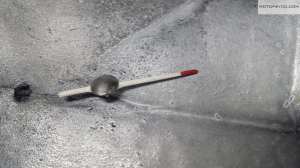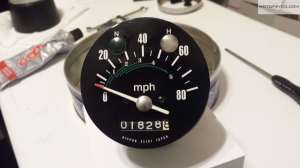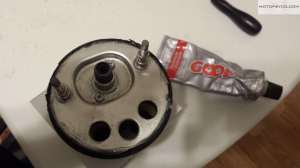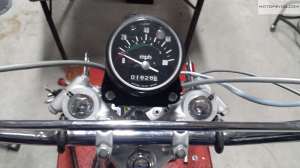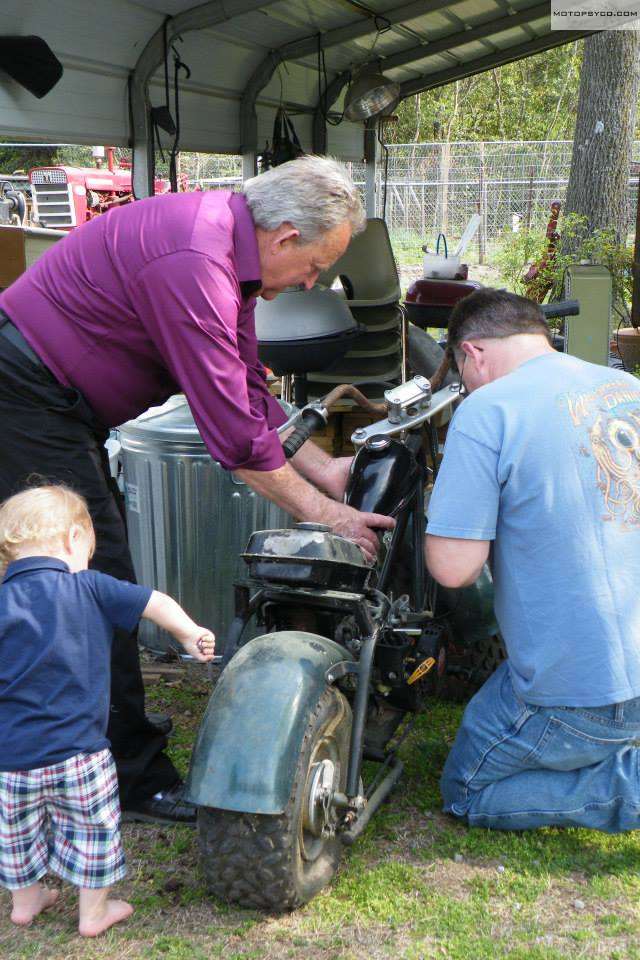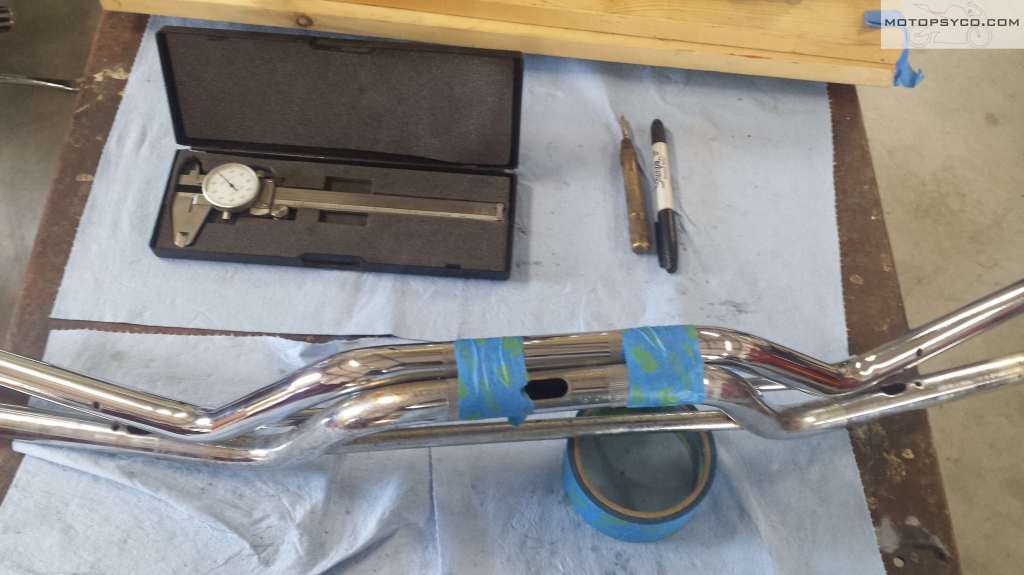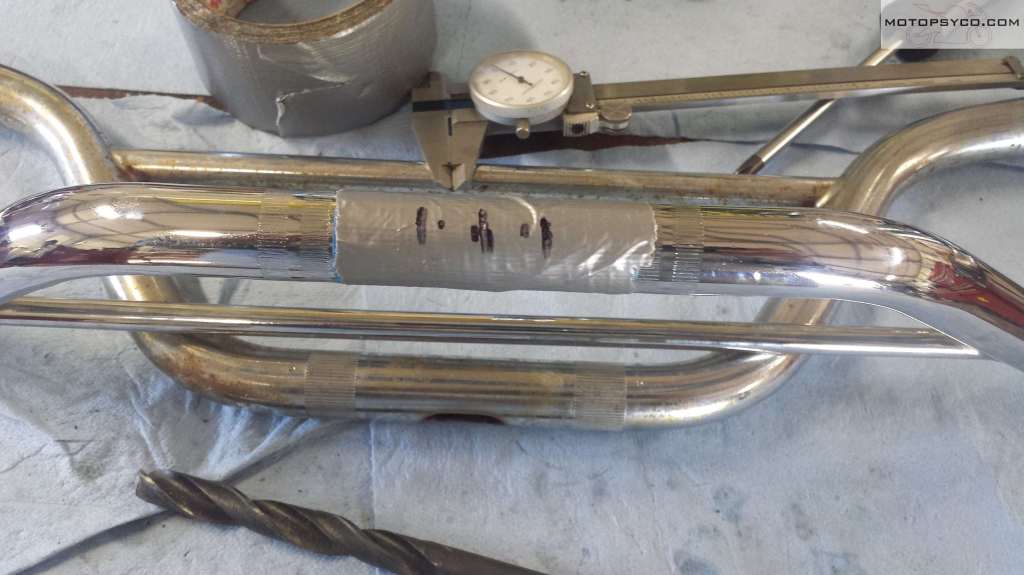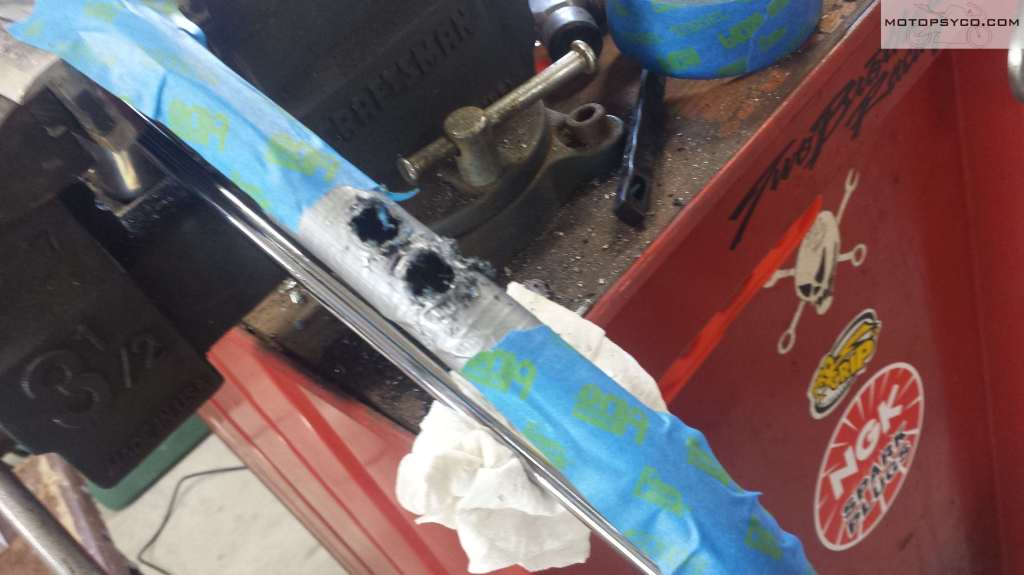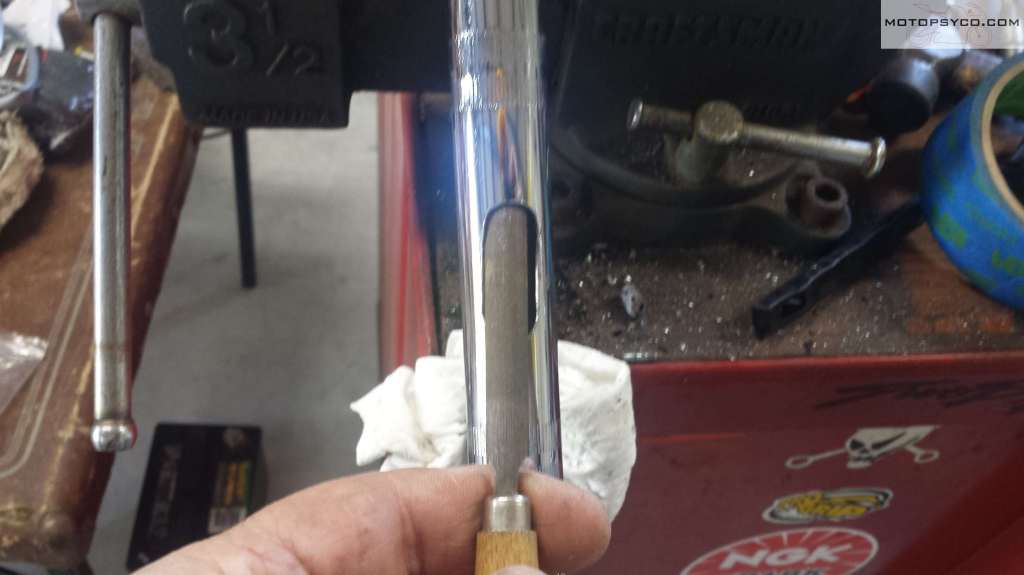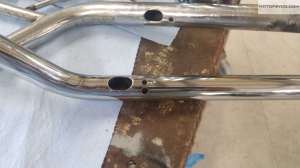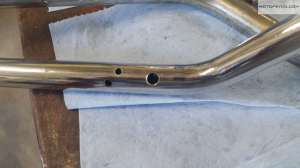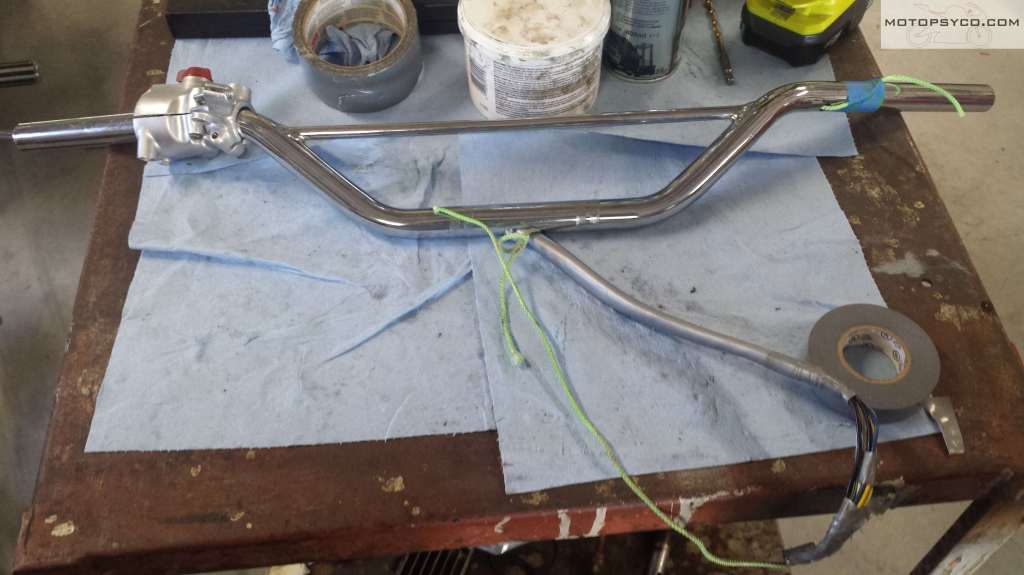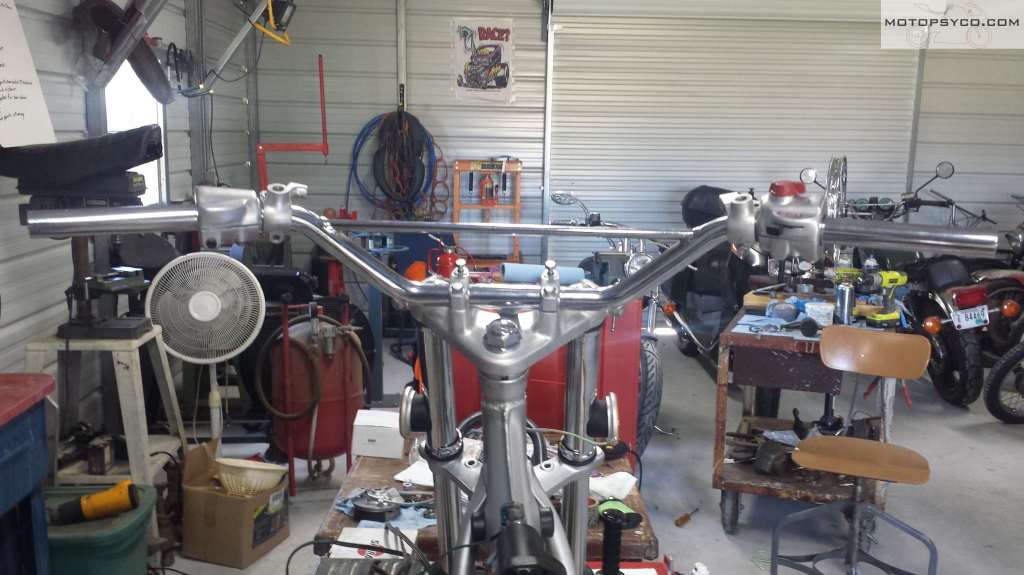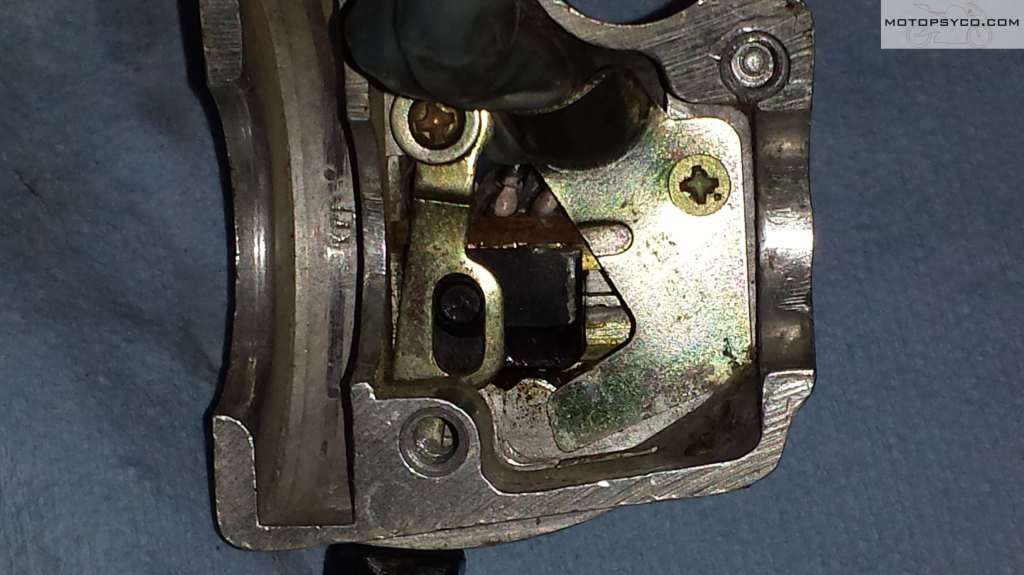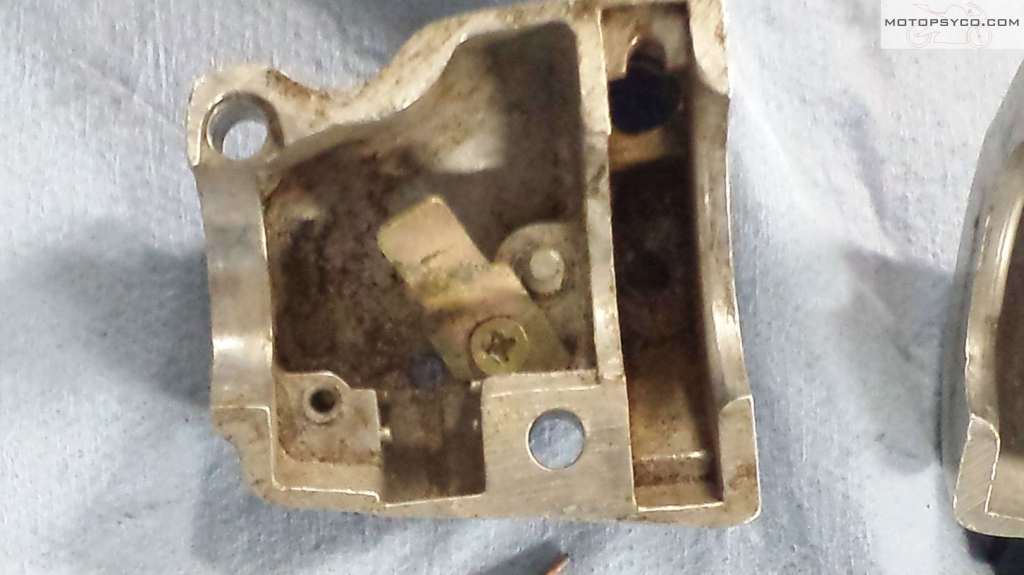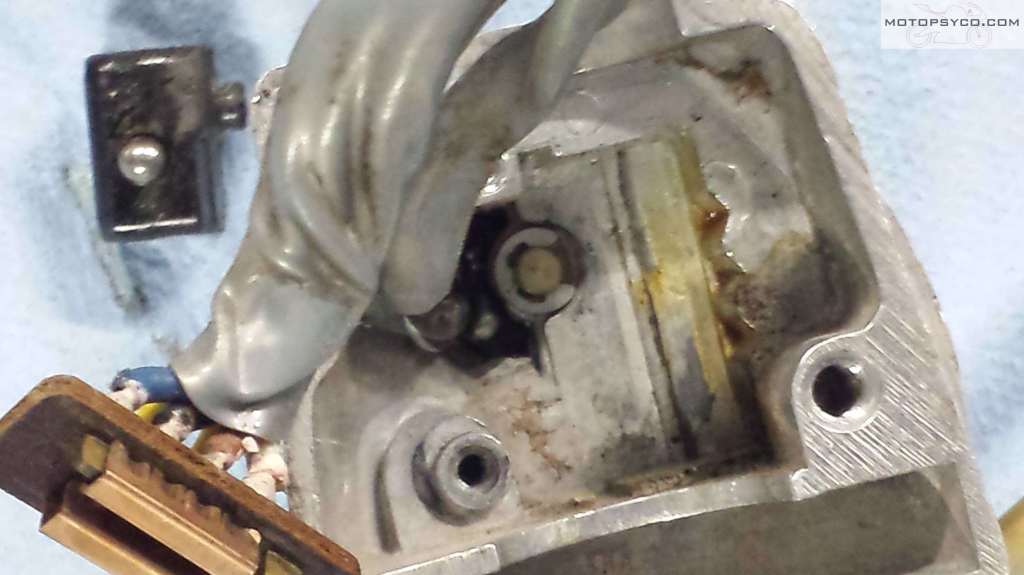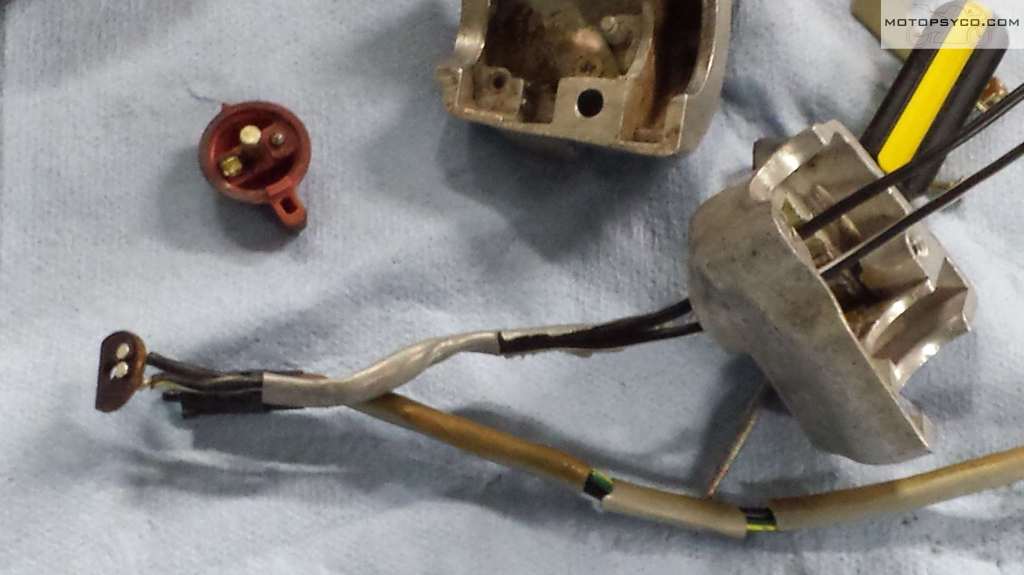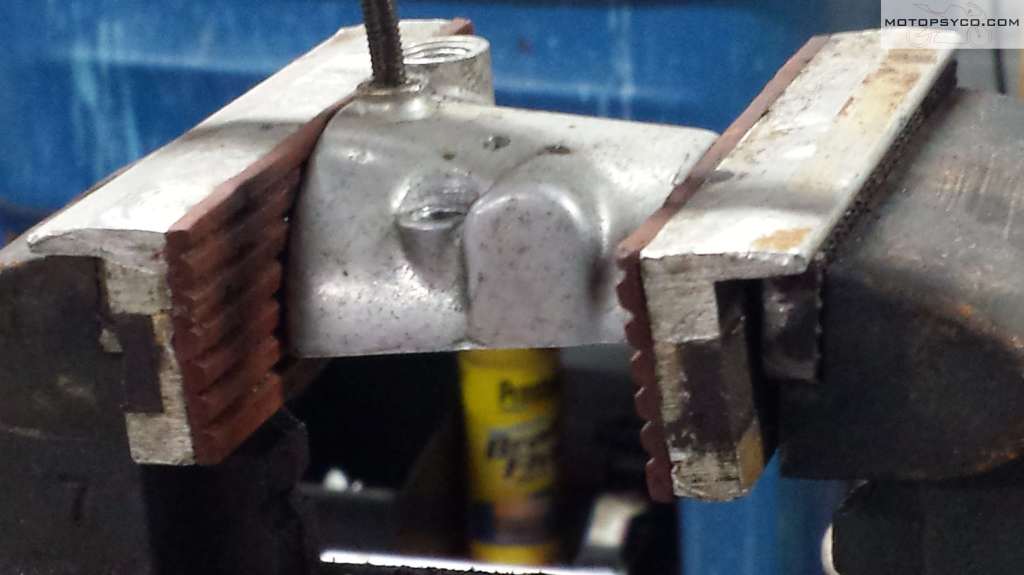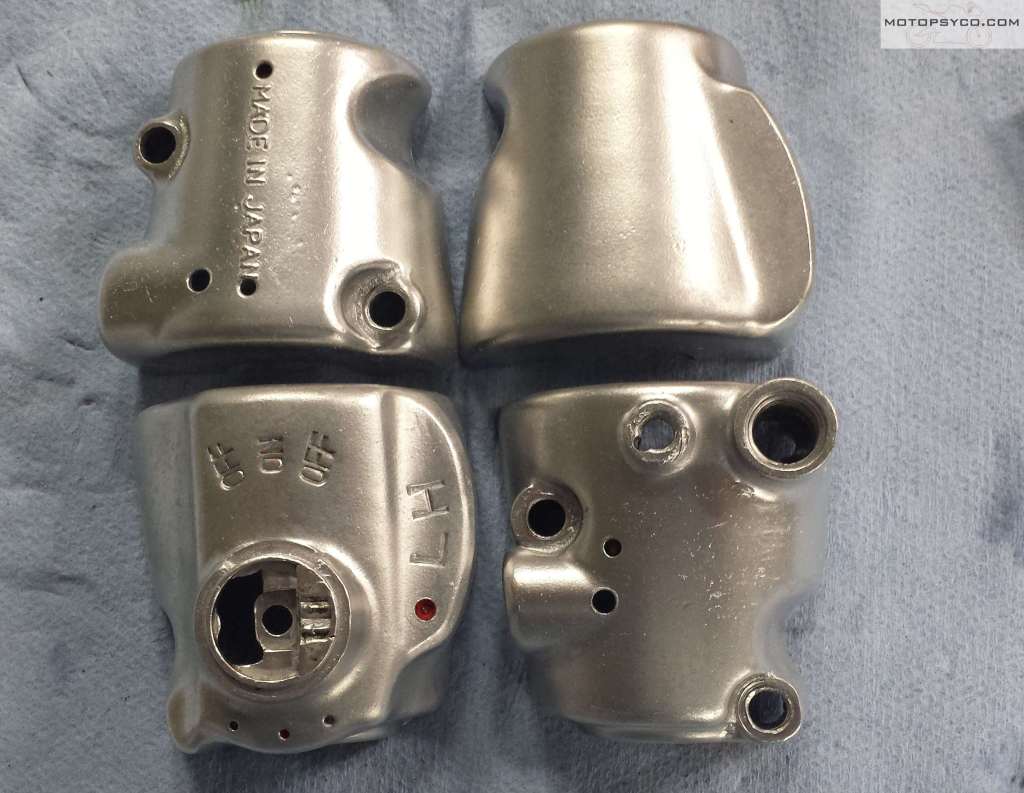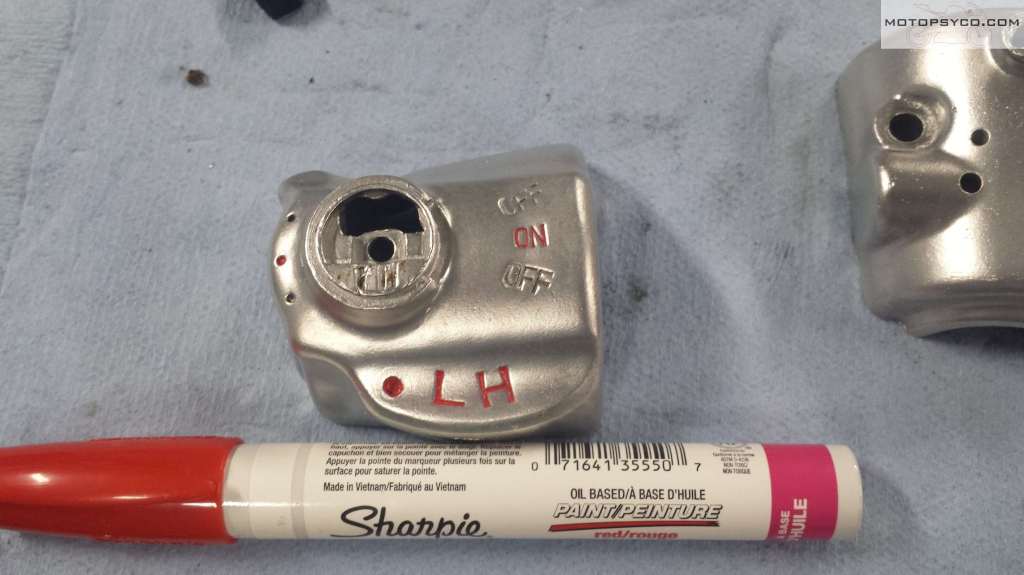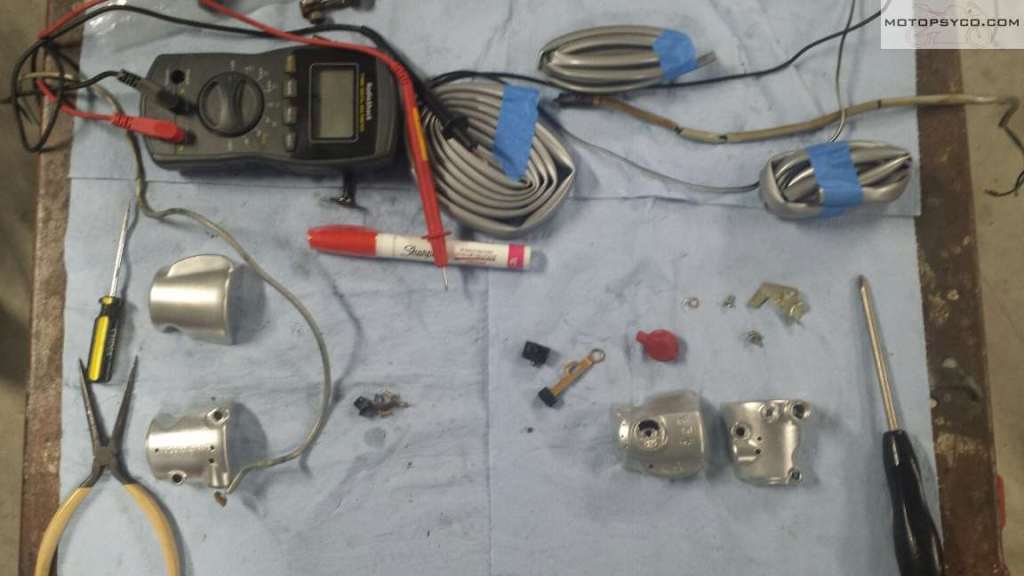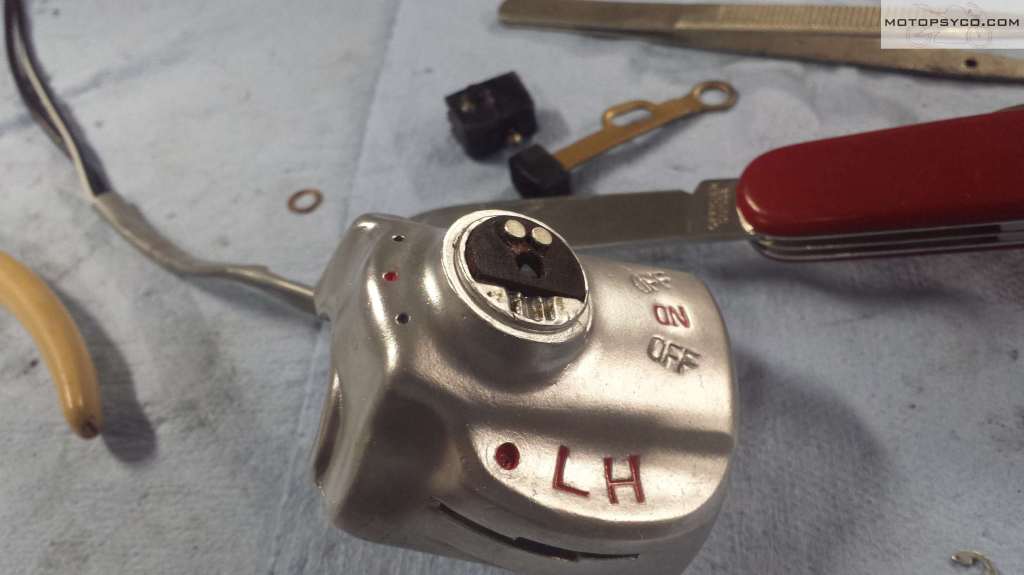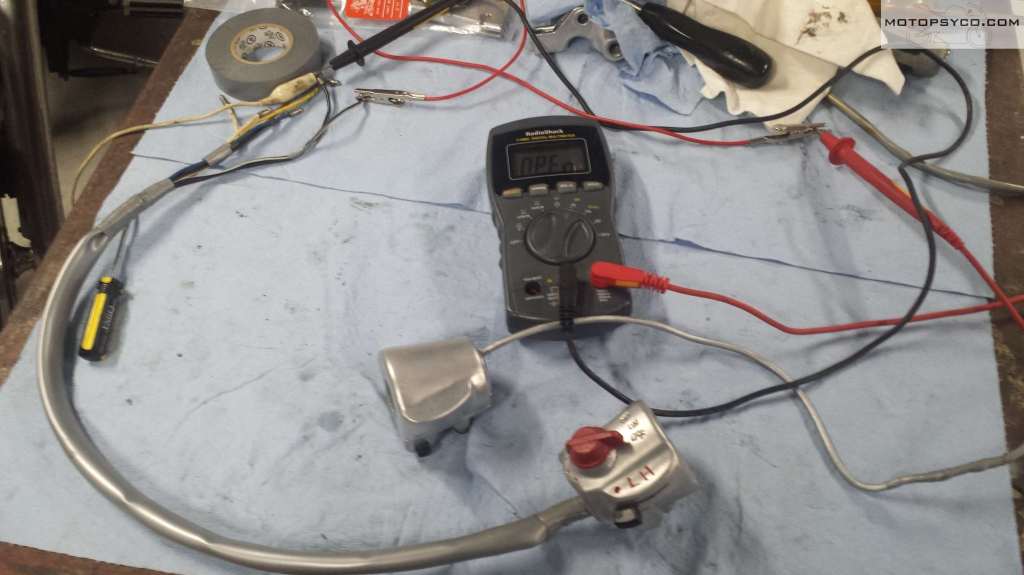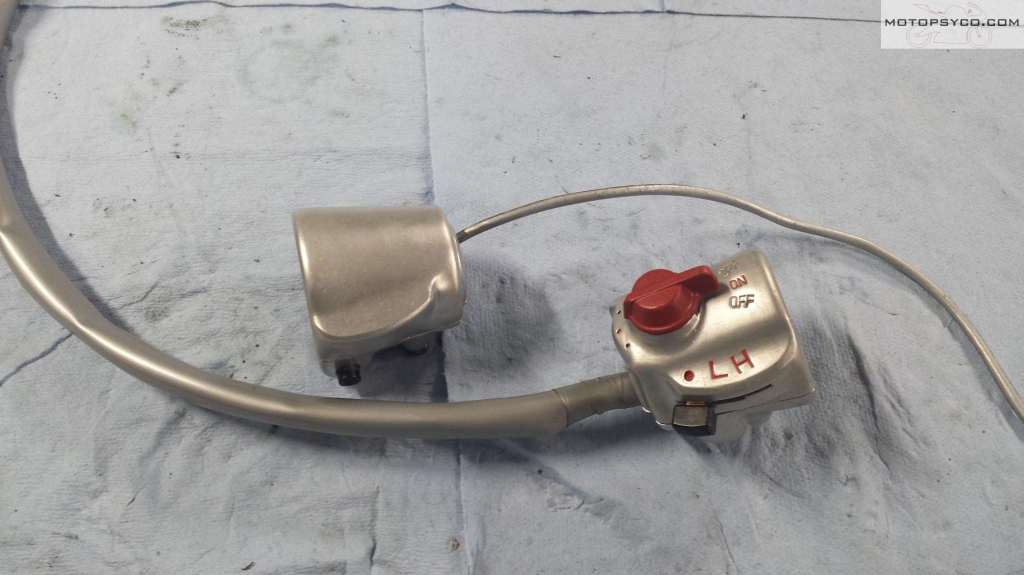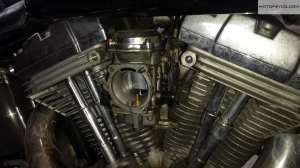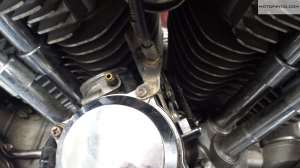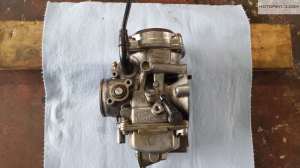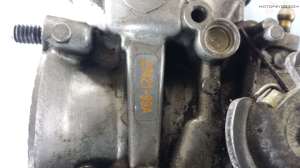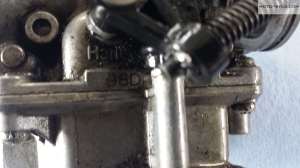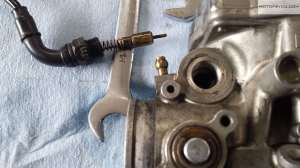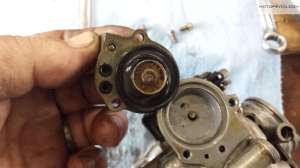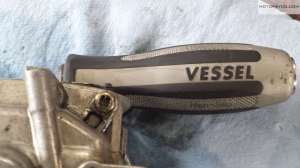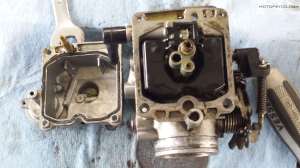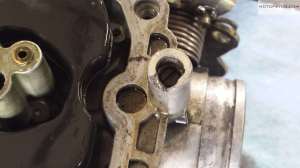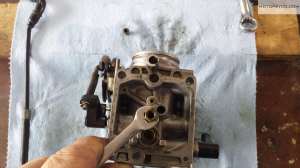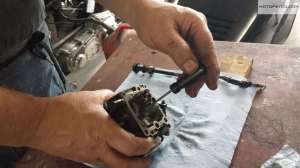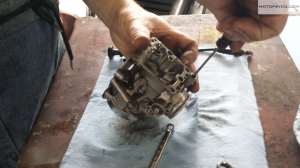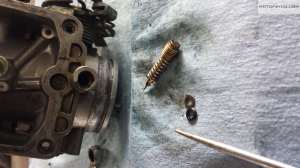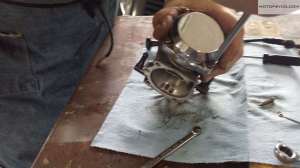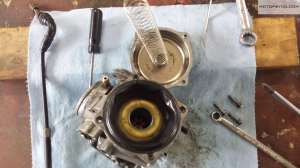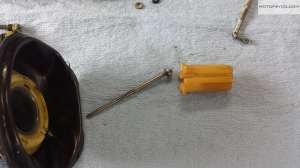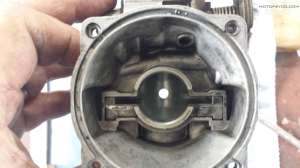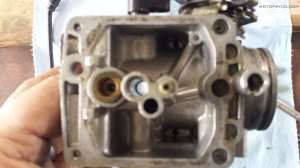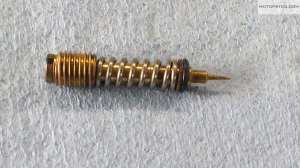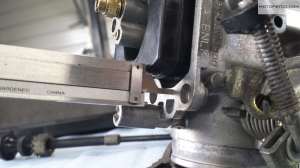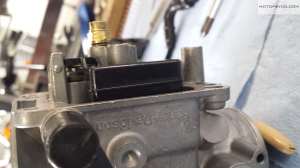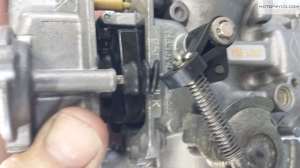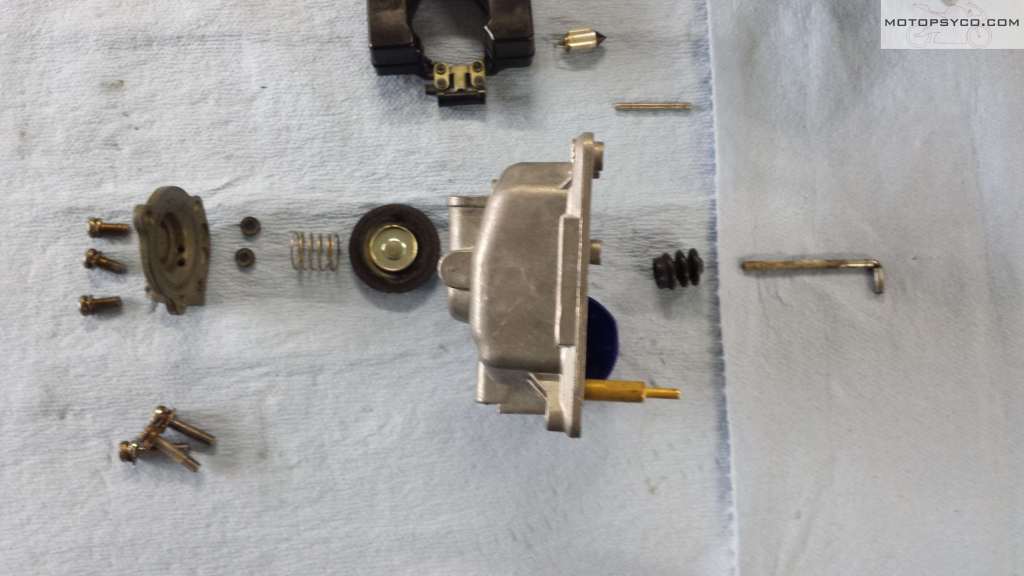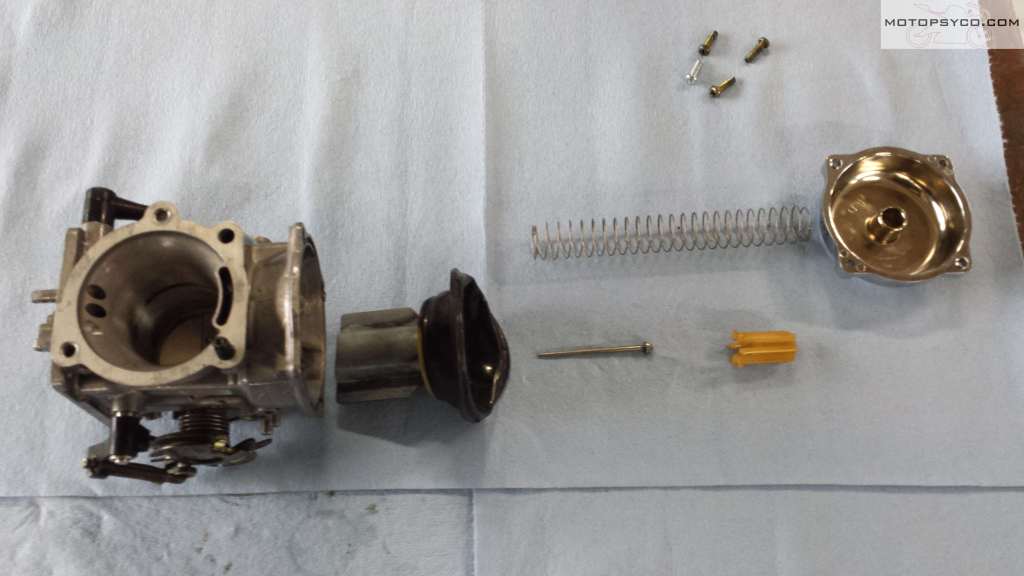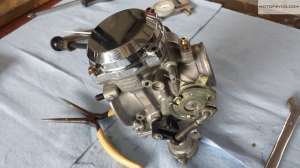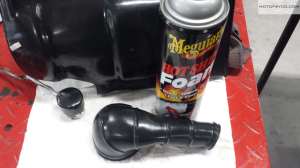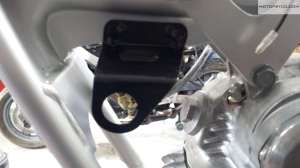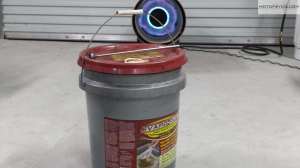The three thousand mile good, bad & ugly review
In March of 2019 I took delivery of my Moto Guzzi V9 Roamer a leftover 2017 model in the color dubbed “Giallo Solare” (solar yellow) for years now I’ve wanted a Guzzi but have never bought one. Truth be told I really wanted an old Eldorado, Ambassador or even one of the old 850T models, but for some reasons the stars never aligned correctly for that to happen.
It started with a Honda CTX1300
That is correct, my path to owning a Moto Guzzi V9 Roamer began with me drooling over a used Honda CTX1300. To be honest with you there are times when I wish I had the Honda but this is not due to quality or reliability issues. For some reason my wife who is usually an agreeable soul put her foot down and insisted that I was not going to spend that much money on a used motorcycle, especially one she had never heard me mention before. Her words were, “if you’re going to do this why don’t you get something you’ve always wanted.”
Triumph Street Twin vs Moto Guzzi V9 Roamer
These were the two bikes that I was considering and in all honesty the choice really came down which one was the most unusual. Both the Triumph Street Twin and the Guzzi V9 were well regarded by most reviewers. The engine sizes are similar, both are considered retro standards and both of them are “tuned for torque.” I’ve always regarded the tuned for torque statement as bullshit marketing doublespeak for we cut the horsepower and we hope you don’t notice, but now that I’ve ridden the Guzzi I really like it. Peak torque comes in way down low in the rpm range and it literally pulls like a freight train up to the redline. It’s really not fast like the screaming Japanese fours that I was used to, but it feels a lot more powerful than it is. Why would I pick the Roamer over the V9 Bobber? Because I like the bright colors and chrome look. It screams 1970’s whereas the Bobber with its fat tires on both ends and matte paint say modern day hipster. Nothing wrong with that if you like it but I’m an eccentric old fart and this is an eccentric gentleman’s motorcycle. Lots of people think it’s a restoration and are shocked to find out that it is nearly new.
Pitfalls of purchasing online from out of state
There were no dealers in my home state of South Carolina at the time when I purchased this one on Ebay, from a dealer in Wisconsin. Shipping was handled by Haulbikes.com and rates were reasonable. One thing I will mention is that shipping companies like this cannot come down to the cul de sac in your neighborhood you’ll need to make arrangements to meet them somewhere with a large enough parking lot to get the tractor trailer parked off the road so that your bike can be unloaded safely.
What turned out to be the biggest problem is the fact that I decided, instead of paying cash for it, that I’d let the dealer do financing for me. Unfortunately their home state of Wisconsin requires the dealerships to send all titles directly to the bank. Unfortunately the bank turned out to be incredibly incompetent and would not help me to get the bike registered for the road in S.C. Finally after 2 months of not being able to register my new bike I went ahead & paid off the loan, even then it took a complaint to the BBB to finally get my title sent to me. If you decide to go online to purchase a vehicle I suggest paying cash up front, or if you really need financing that you obtain it in your home state to avoid registration problems.
Let us praise the good (looks &handling)
Among Guzzista the looks of the V9 series are polarizing with the vast majority preferring the sportier looks of the V7 lineup. The general public on the other hand thinks this bike is gorgeous, especially the non-riding people or even those who have ridden motorcycle but have never heard of Moto Guzzi. The styling is what I would call cruising standard. The shape of the tank sort of resembles the old 850 T3 of the 70s but is smaller in proportion to the rest of the motorcycle than the T3 tank is. The quality of the fit and finish of the visible parts is stunning. The yellow paint has a heavy orange tint to it that appears golden in dim light.
The size and weight of this bike are perfect to me with a wet weight of approximately 440 lbs (200 kg) the Moto Guzzi V9 Roamer is very easy to handle at low speeds in parking lots and garages. Despite its relatively light weight for a midsize modern motorcycle the Roamer is very resistant to the effects of crosswinds and rainstorms. My experience with new bikes is extremely limited but compared to all the old stuff I’ve ridden the V9 is very confidence inspiring when the rain starts. It is a very mild mannered motorcycle this combined with traction control and Brembo anti-lock brakes provide you with a stable planted feel when the road gets a little wet.
All the Ricky racer boys who write for the magazines were not enamored with the handling and I understand, if I were riding around on all the latest crotch rockets I would probably feel the same way. I was using a modified 1980 Honda CB650 as my main daily rider and the handling and braking of the Roamer are much better than any vintage bike or cruiser that I’ve ever ridden. That being said the little Japanese 650cc 4 banger will smoke the 850cc V-twin easily in both acceleration and top speed, it’s not even close. Speed is not what this bike is about though, it’s about having a vintage motorcycle experience without the vintage motorcycle headaches. A lot of people on the various Guzzi forums recommended dropping the triple clamps down on the forks by 20mm to quicken up the steering so I tried it at it did seem to help once I put some decent shocks on the rear & lifted the rear back up. One very impressive specification of the Moto Guzzi V9 Roamer is that in the owner’s manual, maximum carrying load is listed at 925.94 lbs (420 kg) for rider passenger & luggage. This was partially responsible for me choosing this motorcycle and for my delusion that I could at least modify it into a usable middleweight touring machine. Don’t laugh my wife & I routinely ride 2-300 miles a day on our Honda Helix CN250 scooter, so surely it should be possible on an 850cc motorcycle right?
Let’s get down to the bad
The handling was really good to me even with the 100% stock suspension as long as you were on smooth pavement that is. The front end seemed okay with decent travel & rebound but the rear suspension was incredibly harsh. I finally set the preload at the lowest setting possible but all this did was to lower the rear of the bike enough to negate the benefits of lowering the front end for quicker steering. It would still beat the living shit out of you even over mild bumps. I do not know about the latest models but if you buy an earlier model like I did you should go ahead & budget for a new set of shocks immediately. I purchased a set of Ikon shock absorbers and I am very happy with them. This smoothed out the ride over bumps and actually improved the handling and allowed me to set the preload back to its maximum setting, raising the rear of the bike back up to where I like it. Before I changed the shocks my wife actually refused to ride on the Roamer at all due to the intense pain she felt even over seemingly small bumps and potholes.
If you need dealer support for basic maintenance this might not be the bike for you unless you happen to live near a dealer. I’d have to drive 3 or 4 hours to reach a dealer, but I can do all of my own oil changes, valve adjustments and repairs myself. Other than needing some software & a set of cables to connect your laptop to diagnose the fuel injection this is an extremely easy motorcycle to work on. The fuel injection isn’t that complicated either just join the Wild Goose Chase forum and search for Guzzidiag software, it’s simple enough an old fart like me can use it. If worst comes to worst custom builder Craig Rodsmith has proven that you can make it run with carburetors.
I wish the fuel tank were a little bigger but that’s a minor niggle, the low fuel light comes on when you’ve used 2.5 gallons out of the 4 gallon tank. This is roughly 150 miles and you’ll probably be ready for a break by then.
The effin ugly
The original factory seats on these motorcycles are instruments of torture. It’s almost like when they were finalizing the design someone plopped a cheap old plastic 1980s skateboard deck on top of the frame and said that looks cool, we’ll just add 6mm worth of padding and cover it with Naugahyde and we have us a seat. It really does look cool but it’s an awful place to sit for more than 10 minutes and it’s way too short for two up riding even if your passenger is a tiny 108 lb. wisp of a person like mine is. My pre-purchase research had warned me about the seat before I bought the bike but I was still caught off guard by how bad it was in real life. I’m now running the Moto Guzzi two piece, two up comfort seat which is much more comfortable. Too bad that is not really good enough, even the accessory seat is only a 150 mile seat at best as our last 300 mile in one day trip proved to us. If I keep this bike much longer I’ll try a Corbin seat. Corbin doesn’t really list a seat for the Roamer but they do have one for the V9 Bobber and the factory seats are interchangeable so I don’t see why an aftermarket seat for one wouldn’t work on the other.
I love / hate this motorcycle
It looks good, it sounds good too, and even with the stock pipes I could sit in the garage and listen to it idle for hours. The small gas tank that so many complain about, allows the engine to take its place as the rightful star of the show. A guy at a gas station once commented, “it looks like its all motor!” I agree it does have a very muscular look and sound for a 55 hp v-twin. Now that I’ve got the suspension sorted out to my liking nothing beats riding around on the back roads with it. The engine really is the greatest thing about this motorcycle. The six speed gear box is very smooth also and well matched to the engine. If you’re putting around in town between 30-45 mph just put it in fourth and leave it there, bombing around out in the country between 45 and 60 fifth gear is the one to be in. I won’t even put it in sixth gear at less than 60 mph. You don’t gain anything but a little more vibration on the handlebars, fuel mileage stays the same and you’re not in the meat of the engines torque curve if you need sudden acceleration for some reason. Torque is massive and acceleration is much better than the spec sheets would indicate.
Unfortunately I bought the wrong motorcycle. As far as I can tell this will never be a comfortable 2 -300 miles a day motorcycle without some major modifications. We just ride the Helix if our destination is more than an hour away. I guess I should have bought a touring bike but I really hate big heavy motorcycles and would give up riding if that was all that was available. Plus I know from experience that you can do very long rides on smaller motorcycles.
So what do I do with it now? With the previously mentioned seat & shock mods the Moto Guzzi V9 Roamer is a top notch commuter bike. You want a bike night attention getter that handles decently on the back roads, a bar hopper or just something to ride around locally? This is the bike for you and I’m enjoying it in all of these roles except for bar hopping because I don’t go to bars.
Back in March of 2020 Mrs. Psyco & I took the Roamer on a 300 mile one day trip. The first half wasn’t too bad but even though we had a break for a couple of hours the ride home took its toll on us. Around the 225 mile mark my lower extremities were numb and I knew that neither one of us would be able to move when we got home. At this point I decided that this pile of shit was going on Ebay the minute I got home but then it saved our life.
We were buzzing down S.C. Highway 34 between Newberry and Camden S.C. at 6o mph or so, following behind a big black bro-dozer Chevy pickup, when suddenly the driver made a sudden right turn into a driveway and then without warning threw it into reverse and backed out in front of me without looking. There was no time to stop before hitting the huge four door mall terrain vehicle that had suddenly blocked both lanes of the 2 lane road we were on. Fortunately there was no oncoming traffic, road signs or mail boxes in the area so I twisted the throttle some more, banked hard to the left and was able to safely pass the rear bumper of this truck on the shoulder on the opposite side of the road from where I started. Thankfully no nasty surprises were lurking in the grass on the shoulder & I was able to slow down and safely merge back onto the road. When we stopped to steady our nerves my wife swore that she could feel the trailer hitch brush her pants leg as we went by. Thanks be to God that we didn’t get hurt that day. That was also when I decided to keep the Guzzi a little while longer. If we had been on any other bike in my collection, especially the scooter we would have been hamburger stuck to the side of that bro-dozer.
Even so it was about 2 weeks before I got back on it or even washed it (we ran through a few miles of red clay mud in the rain). It took a while after that for the sensitivity to the vibration through the seat to go away but eventually it did.
Where do we go from here?
Once the nation and my finances recover from the coronavirus pandemic and the stupid senseless outbreak of violence that is occurring, I’ll throw a few more dollars at it and try to make it more comfortable so that I can do with it what I bought it for which is to be able to ride 3-6 hours a day. If that fails I’ll get some loud pipes, an upgraded fuel injection map and customize the hell out of it. If it can’t be a road bike I’ll turn it into a show bike.
Would I sell it? Maybe but cash is not really what I want, barter is more of my style there are 2 very specific trades that I’d make for it and both would need to be straight up barter with no cash changing hands;
UPDATE 2022 I wound up selling this motorcycle & used the cash to buy something else.
1: a 1995-1996 Jaguar XJS 2+2 convertible in good driving condition. 4.0 6 cylinder engine. Color is unimportant and needing some cosmetic work is okay as long as all electrical and top components are functional and I can drive it home from wherever you are.
2: I’d definitely be willing to trade for a nice looking ready to ride Honda CTX1300 preferably with a passenger backrest or top trunk installed.
Hope you all have a great day!
